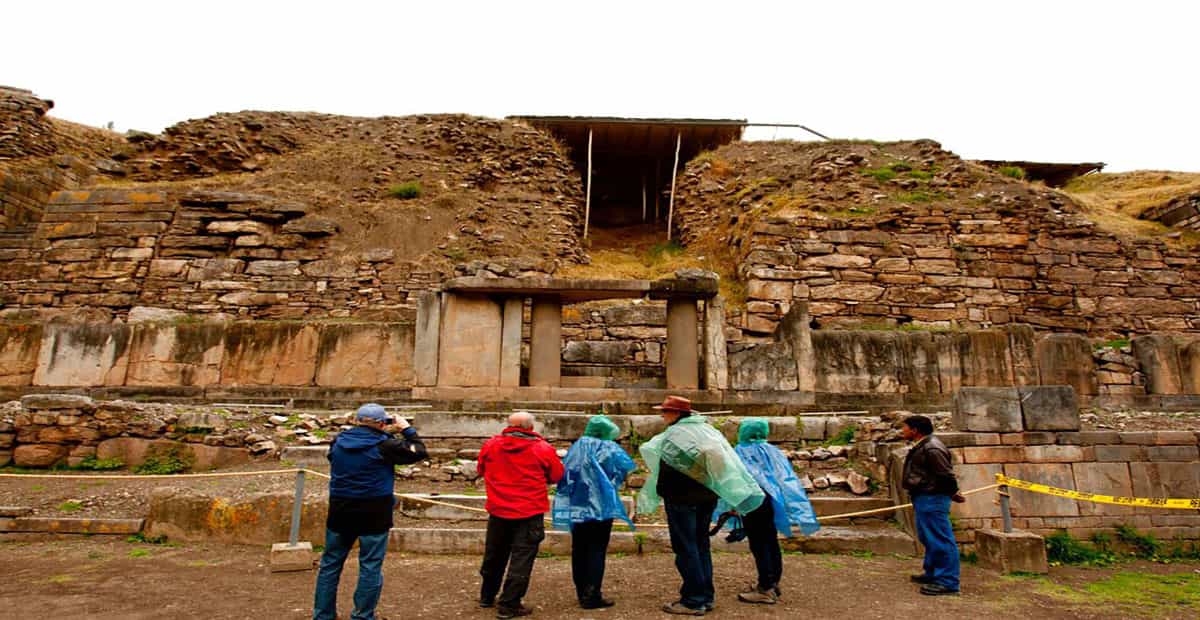Archaeologists discover passageways in 3,000-year-old Peruvian temple
Archaeologists have excavated a network of passageways under a 3,000-year-old temple in the Peruvian Andes.
Chavin de Huantar temple was once a religious and administrative hub for people across the region, Reuters reported.
Found earlier this month, the passageways have features believed to have been built earlier than the temple’s labyrinthine galleries, according to an archaeologist at Stanford University.
John Rick, who was involved in the discovery, said: “It’s a passageway, but it’s very different. It’s a different form of construction. It has features from earlier periods that we’ve never seen in passageways.”
At least 35 underground passageways, which sit 3,200m above sea level, have been found over several years, connecting with each other.
They were built between 1,200 and 200 years BC in the foothills of the Andes.
Chavin de Huantar declared a World Heritage Site in 1985, was the inspiration and name of the operation carried out when the Peruvian armed forces built a network of tunnels to rescue 72 people taken hostage by the Tupac Amaru Revolutionary Movement (MRTA) rebel group at the Japanese ambassador’s residence in Lima in 1997.
It comes as archaeologists uncovered an “unprecedented” network of lost cities in the Amazon that shed light on how ancient civilizations constructed vast urban landscapes while living alongside nature.

Researchers used lidar technology, dubbed “lasers in the sky”, to scan through the tropical forest canopy, and examine sites found in the savannah forest of southwest Amazonia.
They uncovered a wide range of intricate settlements that have laid hidden under thick tree canopies for centuries in the Llanos de Mojos savannah forest in Bolivia.
The findings, described in the journal Nature on Wednesday, shed light on cities built by the Casarabe communities between AD500 and AD1400.
Heiko Prumers, an archaeologist and study co-author from the German Archaeological Institute, said the complexity of the settlements was “mind-blowing”.
The site features an unprecedented array of elaborate and intricate structures “unlike any previously discovered” in the region, including 5m high terraces covering 22 hectares – the equivalent of 30 football pitches – and 21m tall conical pyramids, say the scientists, including Jose Iriarte from the University of Exeter in the UK.
Researchers examined six areas within a 4,500 sq km region of the Llanos de Mojos, in the Bolivian Amazon, that belonged to the Casarabe culture.
They also found a vast network of reservoirs, causeways, and checkpoints, spanning several kilometers at the site.




